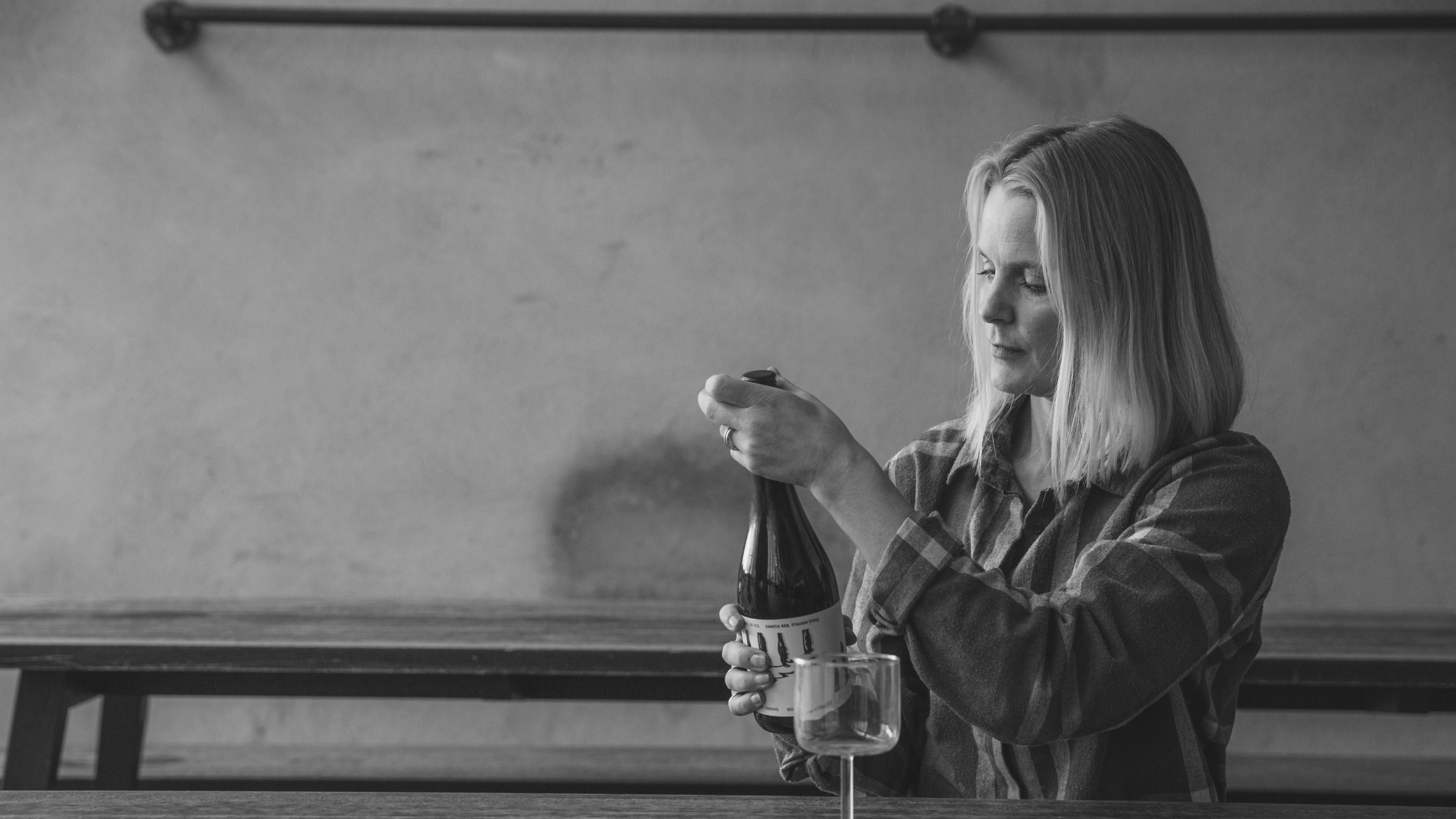
This week we had the privilege of interviewing Erika, a trailblazing entrepreneur in the non-alcoholic beverage industry since 2015. Through her brand Gnista Spirits, Erika redefines sophisticated alcohol-free drinks with her commitment to innovation and flavor. She shares her journey, focusing on crafting complex, non-alcoholic beverages, with a goal of enhancing accessibility and expanding the reach of her creations. Join us as we learn more about Erika and her profound influence on the non-alcoholic beverage industry.
Hi Erika, we are so excited to talk to you! How are you?
Good, spring is on its way!
You’ve been part of the non-alcoholic beverage scene since 2015, can you tell us about what sparked that interest and what inspired you to become fully engaged in this industry?
I launched Gnista since I didn’t think any of the early non-alcoholic spirits resembled spirits the way I define them: Liquids that are challenging, with bite, complexity, and an intense roundness; from the nose to the lingering sensation long after you swallow the drink. I do know those non-alcoholic spirits weren’t meant to resemble alcohol: They were brands conveying freshness, catering to the wellness crowd. A little bit like “non-alcoholic spirits for beginners” — people who put health first and who finally found a good reason to opt out of alcohol yet still be socially acceptable. I didn’t agree. I knew there was a big — and growing — crowd that cared about the drink experience, above all else. These are people who love to celebrate and hang out with friends over cocktails but may want to skip alcohol (for the night or forever). At the very centre of the group, caring about the quality of the low- to no alcohol cocktail, we find bartenders and mixologists. Gnista was born out of the sense that this group deserves something better, and out of my urge to bring this category into the future.
"And it’s a fact that moderation is a key driver behind the non-alco trend: People who drink alcoholic drinks, like me, are cutting back."
What sets Gnista Spirits apart in terms of taste, complexity, and overall experience compared to other non-alcoholic options available?
For me, most non-alcoholic drinks are either too mild or too sweet. Anything my children will enjoy drinking; I am likely not to prefer. And it’s a fact that moderation is a key driver behind the non-alco trend: People who drink alcoholic drinks, like me, are cutting back. On some days of the week or at the same occasion (for example one glass of wine, then a no/low alcoholic cocktail afterwards). Our target group are people who like the challenging nature of cocktails and red wine, but who for some reason don’t want the alcohol.
In what ways do you see Gnista Spirits contributing to the evolving landscape of non-alcoholic beverages and challenging traditional notions of drinking culture?
Many! It’s been a few amazing years since we launched, with weekly feedback from consumers as well as the industry and press sending messages along the line of “Gnista was the first Novel NA Spirit I tasted that woke me up to the possibilities of this category” (this quote comes from Danny Meeks, founder of Ocean Beach Café, an early alcohol-free shop and bar in California). It’s fantastic to have been an inspiration to others, not least to entrepreneurs creating new and better non-alcoholic options!
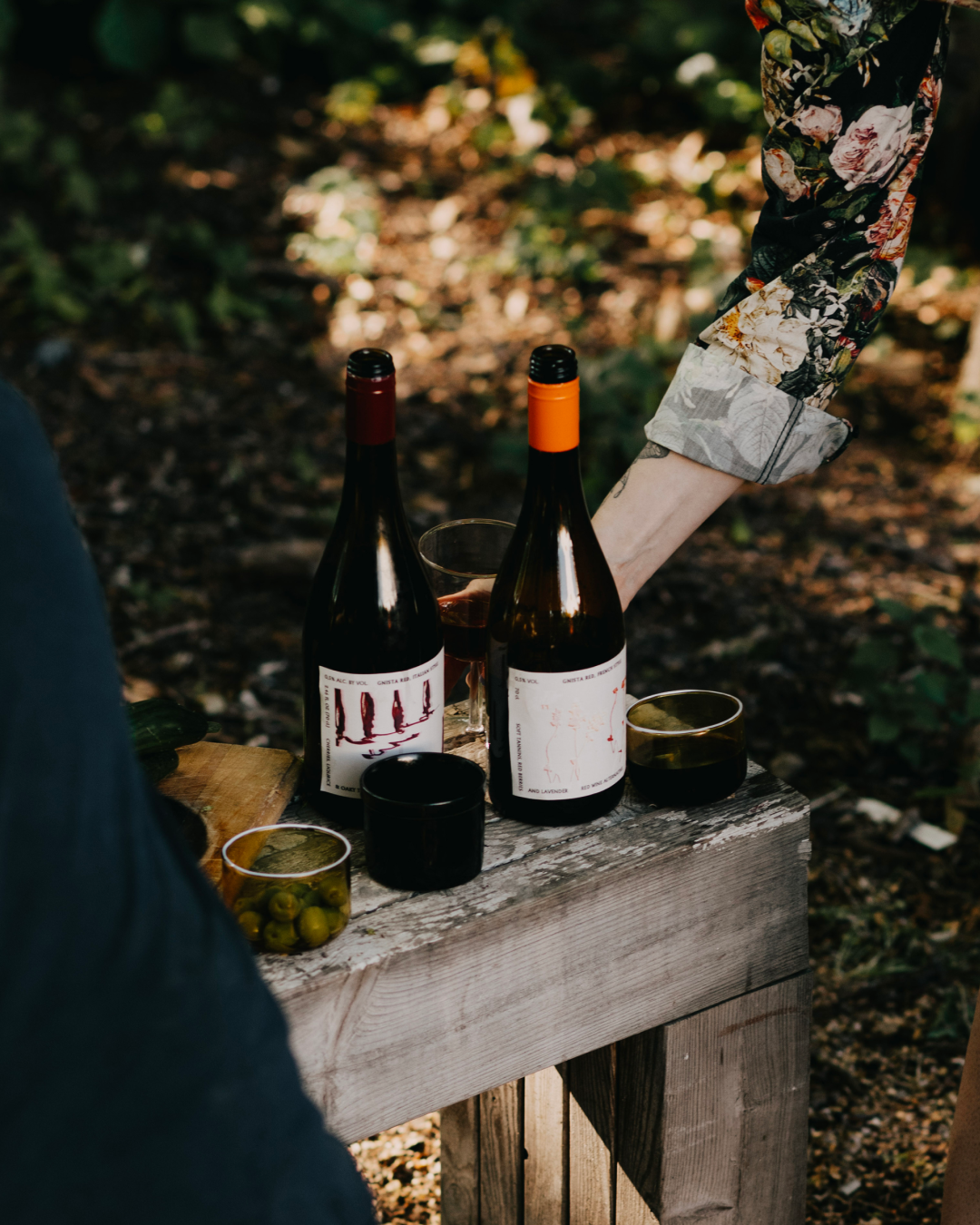
Gnista Spirits
Since 2015, Gnista has been a pioneer in the non-alcoholic scene. Recognizing...
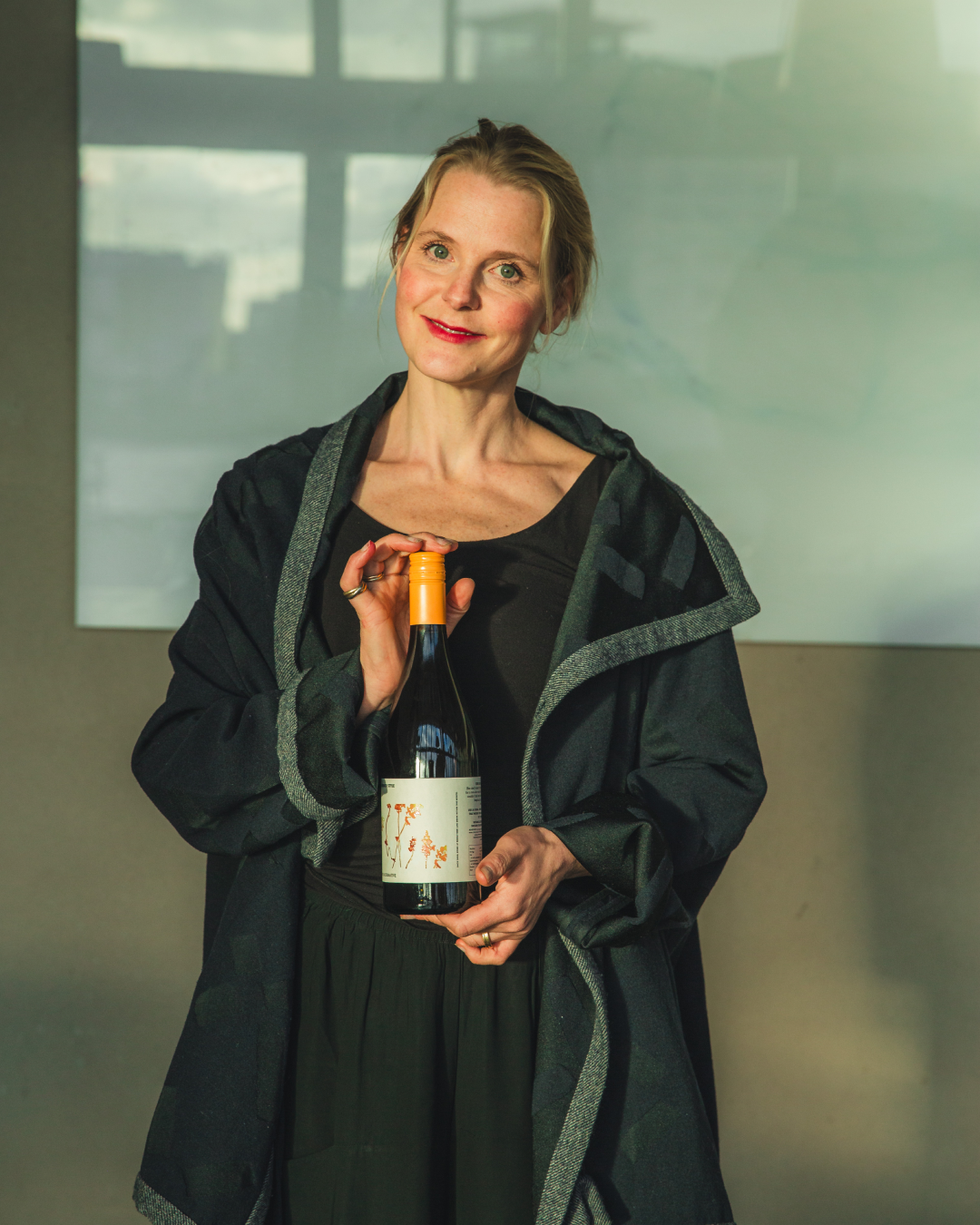
Barreled Oak
Can you elaborate on your philosophy of not imitating existing alcoholic spirits or wines and instead focusing on creating non alcoholic options that stand on their own merit?
I believe my background as a foodie, combined with my total lack of experience in the spirit-making and wine-producing fields, made me think of the liquids in new ways. It’s simply less important that for example wine is made from fermented grapes. What matters is the drinking experience! In my head, a de-alcoholised wine will always be an inferior copy to an alcoholic version. And so, I have deliberately chosen to create drinks where I’ve copied other characteristics (tannins, acidity, body…) but not the taste. If I would have called our Barreled Oak “non alcoholic whisky”, we would very likely get more people to buy their first bottle. But at the same time, more customers would have been disappointed – Barrelled Oak doesn’t taste like a whisky. But when you’re looking to replace a whisky or a Rhum, whether neat or mixed in a cocktail, it will do the job.
Tell us more about the techniques used in the production of Gnista's non-alcoholic beverages, such as maceration, fermentation, filtration, and steam distillation, and how they contribute to the final product?
I don’t care what ingredients are used, as long as they serve the purpose of creating the best possible drinking experience. Gnista is not rocket-science (even though we use the latest techniques where applicable) — it’s better compared to a delicious meal prepared by hand and in small batches: each ingredient is of the highest quality, serves a purpose, and the meal is treated in the best possible way.
There’s a clear distinction between the “gastronomic” zero-proof brands, the functional ones, and the “crowd-pleasers” (simple imitations just trying to fill that gap). The gastronomic ones are rarely copies of existing alcoholic beverages, but try to find their own path, for the long term. And there are loads of new ones and more brands coming, i.e. keep an eye out!
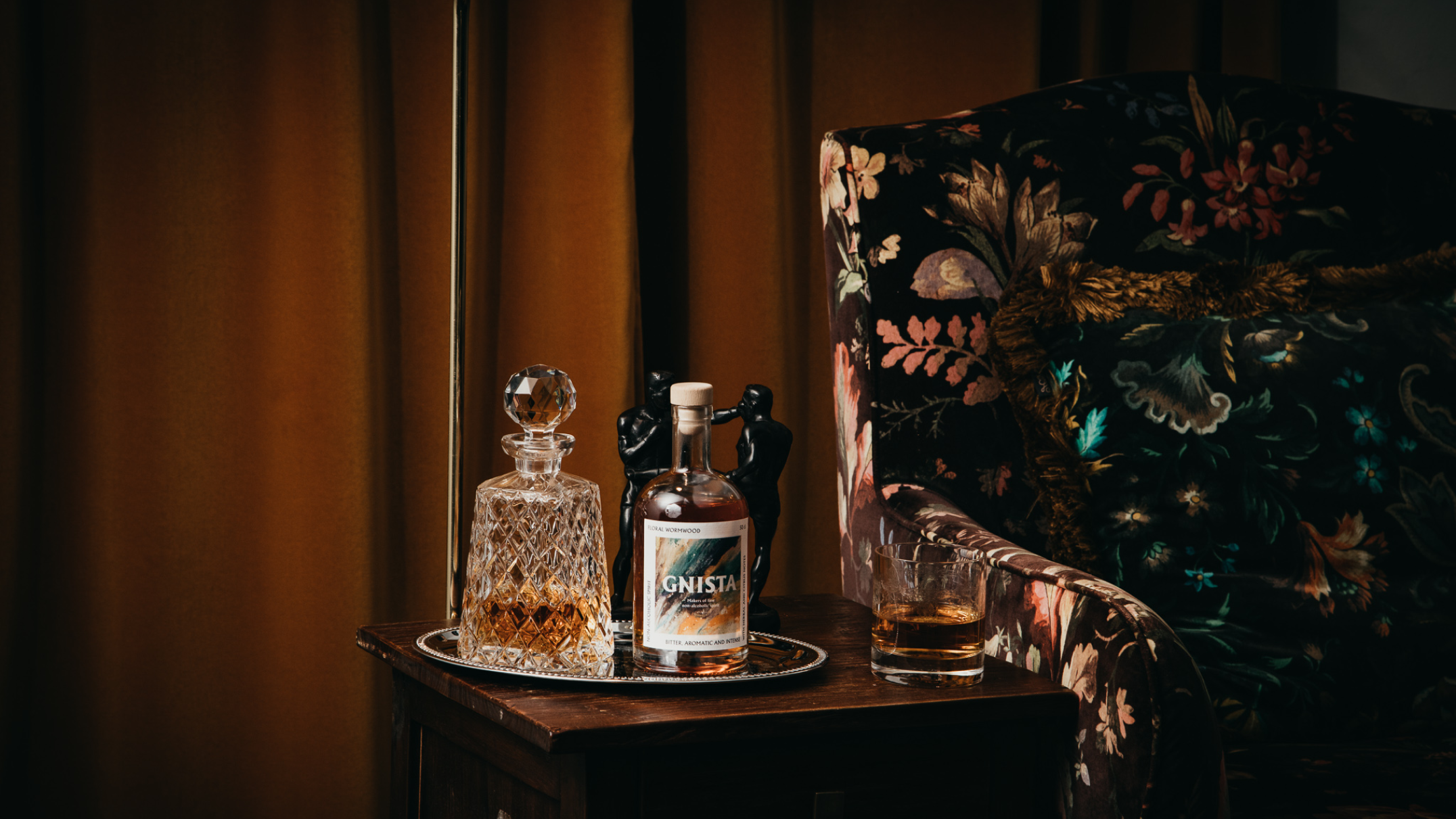
Could you elaborate on the specific needs and preferences of the audience you're targeting with Gnista Spirits, specifically those who prioritize the drinking experience but opt out of alcohol for various reasons?
These are people who, just like me, look for “slow burning” and sip friendly options. Most are foodies and care about quality and taste. But we also have many nowadays sober alcoholics, who crave that burn.
How do you define the essence of a great cocktail or wine-drinking moment, particularly in the context of creating non-alcoholic alternatives that prioritize sensory experience over alcohol content?
I guess we all have our own definitions – mine are sip friendliness for cocktails (a “real” cocktail is not something you finish in three gulps) and food-pairing for our not-wines. Bartenders and sommeliers have helped to pin-point the qualities needed. And today, the Gnista spirits are served at 3 of the world’s fifty best bars, and the not-wines are served on both 3, 2 and 1 Michelin starred restaurants in Europe, Asia and the US. Which makes me so crazy proud!
What advice would you give to aspiring entrepreneurs looking to enter the non-alcoholic beverage industry based on your experiences with Gnista Spirits?
The alcohol-free space is a highly creative and very welcoming one. Yes, the amount of brands have increased massively since we launched, but we are still relatively few (in comparison, there are more than 4000 gin brands out there) and we’re all needed! My tip is to go global right away (like I did with Gnista) – drinking less is a global shift in consumer behaviour and although there are variations from market to market, the opportunity is definitely there!
We have to ask, which product from Gnista Spirits is your favorite?
Red Italian style. I’ve been missing a full bodied and tart red alternative for a Wednesday
night!
Where do you see Gnista Spirits in 5 years from now?
On more shop shelves and more menus at the world’s best bars and restaurants.
How would you describe Gnista Spirits in three words?
(The) next generation’s drinks.
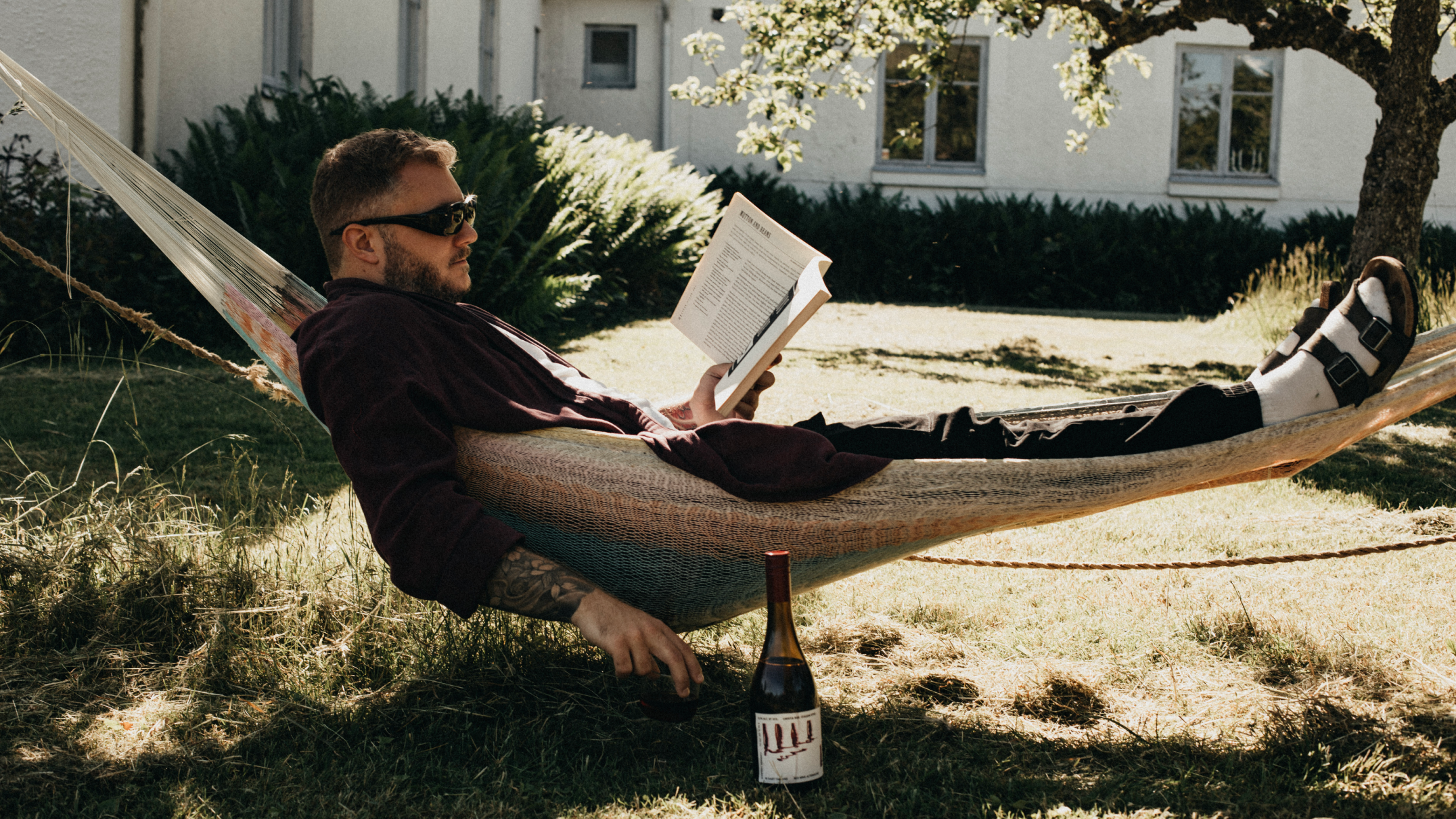
Explore products from Gnista Spirits
-
Italian Red Wine Alt
Vendor:Gnista SpiritsRegular price 139 SEKRegular priceUnit price / per -
French Red Wine Alt
Vendor:Gnista SpiritsRegular price 139 SEKRegular priceUnit price / per -
Pink Ginista
Vendor:Gnista SpiritsRegular price 229 SEKRegular priceUnit price / per -
Floral Wormwood
Vendor:Gnista SpiritsRegular price 229 SEKRegular priceUnit price / per




